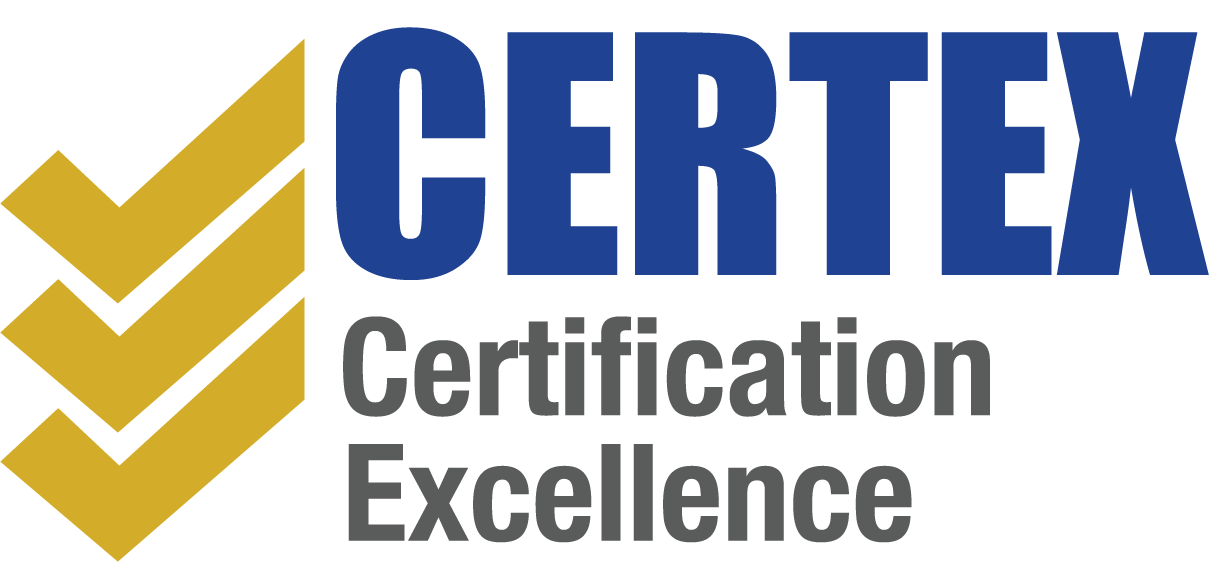WHS Obligations for Employers with Remote/Hybrid Workers
Did you know that in 2023, 37% of Australians worked from home regularly? [Source: Australian Bureau of Statistics] Remote or hybrid work models have become the norm since the COVID-19 pandemic which presents unique health and safety concerns for employers.
In fact, according to SafeWork Australia, employers’ WHS obligations must extend to all workers regardless of their work setting. This includes workers working from home or in other remote settings, making it crucial for employers to adapt safety procedures to cover remote work situations.
Common hazards associated with working from home
SafeWork Australia and Comcare have identified a few common hazards associated with workers working from home in computer-based roles. These hazards include:
Inadequate lighting
Poor working environment
Lack of electrical safety
Slip and trip hazards
Poor ventilation
Poor workstation set up
Poor role clarity
Isolation
Fatigue
PCBUs (person conducting a business or undertaking) can manage these risks by using the four-step risk management process. Unlike in a traditional office setting, home and living arrangements will vary from worker to worker, as will the risks. Therefore employers must consult with workers to properly assess the individual risks of each worker’s home workspace, identify and control risks and monitor their home workplace.
An effective step of this process would be to mandate your workers to complete a work from home checklist like the one available on the SafeWork website and Comcare before they start working from home, so that you are aware of their working conditions and potential risks. This will help you implement control measures from the start.
Control Measures
Now that you understand the most common types of risks associated with working from home in computer-based roles, let’s look at a few control measures that can be implemented to minimise the impact of some of these risks.
Type of work and role clarity:
Provide proper guidance and information on the type of work they need to perform and ensure they are equipped to perform tasks assigned and meet deadlines.
Equipment:
Provide equipment that is necessary to perform their tasks safely, such as headsets, monitors, and adjustable chairs.
Proper workstation set up:
Ensure that the workstation is set up safely and well maintained. You can get your workers to fill out an ergonomic assessment for your records.
Communication:
Create a clear communication structure so workers can get the support they need without feeling isolated. Take the time to regularly communicate with them and ensure that they can communicate with each other. This can be encouraged through weekly team meetings and one-on-one check-ins.
Support work-life balance:
Encourage workers to set up a separate space in their homes for working so that they can easily switch off at the end of the day. Ensure they take regular breaks throughout the day to avoid fatigue.
Create a digital workspace:
Encourage collaboration among workers so that they can interact with each other and avoid the risk of isolation.
Source: SafeWork Australia, Comcare
Setting up a safe workstation
A properly set-up workstation can minimise most of the physical risks associated with working from home in computer-based roles. Key factors to keep in mind when creating a safe workstation include:
Choosing a dedicated space in the home with minimal distractions
Equipment doesn’t have to be packed away at the end of the day.
Suitable lighting with minimal glare
Comfortable workspace that is neither too hot nor too cold
Electrical outlets in secure locations
The below diagram from SafeWork Australia depicts a safe workstation.
Worker Obligations
Workers also have WHS duties to comply with when working from home. These include:
Take reasonable care for your own health and safety.
Cooperate with WHS procedures and instructions provided by employers.
Reporting any changes in the home workspace
Check for compliance with Certex iSafe
Certex iSafe assessments can help you stay compliant. Our independent assessors can perform workplace assessments and help assess and identify gaps in your WHS obligations towards workers working from home.



